The best robot vacuum and mop to buy right now
Robot vacuums that can both mop and sweep your floors have improved significantly in recent years. While they are still not as effective as good ol’ manual labor, if you run them regularly, they will help keep your floors cleaner with much less effort on your part. The difference is that newer “combo” robot vacuum […]


Robot vacuums that can both mop and sweep your floors have improved significantly in recent years. While they are still not as effective as good ol’ manual labor, if you run them regularly, they will help keep your floors cleaner with much less effort on your part.
The difference is that newer “combo” robot vacuum and mop models are designed to actually scrub your floors. The first robot vacuums that could also “mop” simply slapped a thin, flat microfiber pad on the bot that kind of Swiffer-ed your floor. Basically, all this was good for was getting up fine dirt that the vacuum left behind.
A robot vacuum with a real mopping system will make your life easier
Newer models now come with vibrating or oscillating mop pads, and some even have roller mops. Most models have onboard water tanks to keep the mops wet while in use, and many can wash and dry their mops in their charging docks, which also automatically empty and refill their water tanks, meaning less work for you.
While most robot vacuums today come with some sort of mopping feature, this guide focuses on those that excel at mopping. If you’re more interested in the best vacuum, check out my guide to floor sweeping bots.
The downside to these combo bots with serious mopping chops is that they tend to be bigger and heavier and need more frequent intervention than regular vacuum bots. Water equals gunk, and cleaning their giant multifunction docks, even the self-cleaning ones, can be an icky job. You also have to empty and refill their tanks about once a week.
Mopping bots also need to return to their docks more frequently than robot vacuums in order to refill their onboard water tanks. This means they’ll take longer to clean your floors than a dedicated vacuuming model, but they are doing two jobs at once. Robot mops with roller mops will self-clean as they work, negating this issue, but these models are also the largest and bulkiest, as they carry a bigger water tank on board.
Combo bots can mop and vacuum simultaneously, but for especially dirty floors, it’s best to have the option to vacuum first and then mop. A mop-only mode is also good, as you can send the bot to clean up a wet spill without it sucking up water — something they’re not designed to do, yet.
If you have a lot of hardwood or tile floors and constantly struggle with muddy paw prints or the general dirtiness of life with multiple pets, people, and kids, a good robot vacuum and mop combo will definitely make your life easier.
- Best robot vacuum and mop
- Best budget robot vacuum and mop
- Best midrange robot vacuum and mop
- Best robot vacuum and mop for a mix of hard floors and rugs
- Best robot vacuum and mop for hardwood floors
- Best robot vacuum and mop for tile floors
- Best robot vacuum and mop with a plumbing hookup
- How I test robot vacuums
- What I’m currently testing and what’s coming next
A multifunction charging dock
This is a charging base that empties the robot’s bin, washes and dries the bot’s mops, and empties and refills its water tank. This is essential if you want to be as hands-free as possible when mopping your floor.
Some offer hot water washing and drying options that will keep your pads cleaner for longer. But you’ll want to throw them in the wash eventually. A dock that can self-clean the washboard (the area where it cleans the mops) is a nice upgrade, as you won’t have to do it yourself as often.
Big tanks (or a plumbing hookup)
The bigger the clean and dirty water tanks on the dock, the less often you’ll have to refill them. If the dock can connect directly to the plumbing, even better; it’s a more complicated install, but makes for a more hands-off experience long term.
Better mops
Mop type matters. The main options are circular and spinning, flat and vibrating, or rolling and self-cleaning. Rolling (like the beater bar on a vacuum cleaner) is my favorite because it does a better job of getting floors really clean. The greater surface area of a roller mop, combined with the self-cleaning function — the vac sprays water onto the mop as it runs — makes it a more effective option than flat or spinning mops in most cases. However, oscillating mops that can extend outwards are better at getting into grout between tiles, along baseboards, and under low furniture.
Mops that lift or drop
If you have low-pile rugs and carpet, mop pads that the robot can lift up (by at least 10 mm) should prevent your carpets from getting damp when the robot rolls over them. However, robots that can remove the mop pads entirely before vacuuming carpets are a good option, especially if you have high-pile rugs.
Decent mop pressure and speed
Specs around mop pressure and rotation speed are similar to those for suction power on the vacuum; they matter to some extent, but what’s more important is how effective the pads are.
The higher the pressure, the more effective it should be on tougher stains. The higher the rotations per minute (RPMs), the more friction the stain has to deal with. It’s hard to judge pressure, as several manufacturers don’t list it and those that do use different measurements, but 12 Newtons, roughly 2.2 pounds of downward pressure, is very good.
A usable app
A well-laid-out app is key. It should let you choose which rooms to clean, and in what order. Generally, you want a mopping bot to clean the dirtiest room last (think bathroom or hallway) to avoid cross-contamination. I also look for the option to mop only, in addition to mop and vacuum, or vacuum then mop, and, of course, vacuum only.
Best robot vacuum and mop
Multifunction Dock: Yes, auto empty (3L) and drain/refill (4L dirty, 4L clean) / Mop style: Roller / Mop washing: Yes, hot water and hot air drying / Mop pressure: 4,000Pa at 200 RPM / Mop lift: Yes, 10mm / Edge cleaning: Yes, mop extension / Mapping: Yes, lidar / AI-powered obstacle detection: Yes / Suction power: 18,000Pa / Vacuum brush style: Single rubber/bristle / Works with: Amazon Alexa, Google Home, Siri Shortcuts, Matter support promised
Ecovacs’ Deebot X8 Pro Omni is a welcome return to form for Ecovacs’ flagship line. Its new tower-less lidar navigation system did a much better job of mapping and navigating than the previous flagship, the Deebot X2 Omni, which was constantly getting lost in my tests. However, the most notable thing about the X8 is the Ozmo Roller Mop.
This is the best roller mopping bot I’ve tested, thanks mostly to the Ozmo’s ability to extend outwards to clean along baseboards and furniture. This is a unique feature on a roller mop (for now) that makes up for the mop’s relatively short length (both the Eufy S1 and Switchbot S10 have longer roller mops). At $1,299, the X8 is also one of the less expensive flagship models.


The X8 did an excellent job on my milk, OJ, and dried ketchup tests, absorbing the small spills with one or two passes. It covered the floors evenly, without leaving any streaks or gaps, something that I’ve seen happen with spinning mop pads. When it comes across an edge — be it a baseboard, furniture like a chair or table leg, or any obstacle — it extends out its mop to the right to clean as close as possible. It did an excellent job getting the grime up from the stools around my kitchen counter, something most other bots struggle to do.
This is the best roller mopping bot I’ve tested
The self-cleaning brush system kept the bot from smearing any spills it encountered. As it’s cleaning, a scraper squeegees off the dirty water and 16 nozzles spray it with fresh water and solution, if you use it. As with most high-end mopping bots, the dock has the option of auto-dispensing cleaning solution.
The X8 was the best vacuuming robot among the serious combo bots I tested, outperforming my Cheerio and oatmeal tests and doing a good job on rugs (when it could reach them). However, its vacuum has a relatively small, single rubber roller brush, which is less effective than Roborock’s and Roomba’s dual roller brush models (which include the S8 MaxV Ultra and the 10 Max).


The X8 uses lidar and a 3D camera for mapping; the latter also facilitates its obstacle detection, which is very good — it easily navigated fake dog turds and cables while sucking up oatmeal and Cheerios. It’s much better at navigating than the X2, but it did occasionally get itself trapped, including when it went under a chair that was too low for it to get out from. The top of the robot was fairly scratched up after just one week of use. (Worth noting, Ecovacs suffered a hack last year in which bad actors could access the camera and microphone on the X2)
The X8’s multifunction dock is much smaller than the X2’s and has some nice rose gold accents. Its water tanks are integrated into the dock and supereasy to remove to empty and refill — there’s no lid to mess with, you just lift up and go. The X8 doesn’t self-clean its washboard, however, and while it’s removable to make it easier to clean, I still had to get on my knees and scrub its base station after just a week of use.
It easily navigated fake dog turds and cables while sucking up oatmeal and Cheerios
The downside of roller mop bots is that they are big and heavy: the X8 weighs a whopping 12 pounds. Despite an ability to lift itself up to clear thresholds, the X8 isn’t as agile as smaller, lighter robot vacs. It struggled with the combo challenge of a large, tasseled, high-pile rug and spindly chair leg. Very few robot vacs tackle that one well, but it got stuck on the chair leg and sucked up the rug tassels. I ended up setting a keep-out zone so it could complete its job.
The integrated nature of the roller mop means the bot can’t remove it when it goes to vacuum carpet, as some mopping bots with pads can. It can lift it, but only 10mm, which isn’t going to work for the fluffiest rugs. The X8 does have carpet sensors, and you can choose to avoid them automatically, pass over them, or vacuum only. But its best carpet feature is the option to have it vacuum the carpets first, then mop everywhere else.
Overall, the Deebot X8 is a stellar vacuum mop combo for anyone seeking a robot that will thoroughly scrub and sweep their floors. With high-end features at a decent price, the X8’s roller mop, slick navigation, and excellent obstacle avoidance will get the job done.
Best budget robot vacuum and mop
Multifunction Dock: No – just auto empty / Mop style: Vibrating pad / Mop washing: No / Mop pressure: 6N pressure, vibrates 3000 times a minute / Mop lift: Yes, 5mm / Edge cleaning: No / Mapping: Yes, lidar / AI-powered obstacle detection: Yes / Suction power: 6,000Pa / Vacuum brush style: Dual rubber / Works with: Amazon Alexa, Google Home, Siri Shortcuts
The Roborock S8 is a great vacuum featuring AI-powered obstacle detection, dual rubber roller brushes, and 6,000Pa of suction. These are all features you won’t find on most budget bots, and combined, they mean the S8 does a good job vacuuming hard floors and carpets. Then, its flat mop, which vibrates 3,000 times a second, is very effective at scrubbing hard floors.
Unlike most robot vacuums in this guide, the S8 won’t automatically fill its water tank or wash its mop; you will have to do that work manually. However, it does have an extra-large onboard water tank, again a feature you won’t find on cheaper mopping bots, which means the mop gets sufficiently wet to be effective.
The S8 wasn’t designed as a budget bot; in fact, it was Roborock’s flagship model in 2023, but buying an older model like this can save you a lot of money while still doing a good job. Once $750 for the robot alone, now you can often find it for well under $500, and that’s with its auto-empty dock.
One of my favorite features of the S8 is that it can be set to mop only, and it does an excellent job, moving in a tighter “Z” pattern and going over the floors twice. It also has a slow option for a more thorough cleaning. I liked to send it out to vacuum everywhere first, then recharge and go out again to mop, which resulted in sparklingly clean floors. It does take a long time, though, and it doesn’t have any edge cleaning options, so it won’t mop as well along baseboards or under low furniture as the more expensive models.
Another great feature at this price is carpet sensing — the S8 can raise its mops a few millimeters to avoid dampening your carpets. Most other budget mopping bots require you to remove the mop pads when vacuuming carpet or set keep-out zones around your rugs. However, the mop-raising feature can only clear low-pile rugs, so I had to set no-mopping zones around my plush floor coverings.
The S8 requires a fair amount of hands-on time since you have to refill its reservoir manually and wash the mopping pads (you can throw them in the washing machine). But if you’re good with a little more manual labor in exchange for cleaner floors, the S8 is a great option.
Read more of my Roborock S8 review.
Best midrange robot vacuum and mop
Multifunction Dock: Yes, auto empty (2.5L) and drain/refill (2.7L dirty, 3L clean) / Mop style: Dual spinning pads / Mop washing: Yes, hot air drying / Mop pressure: 2.2 lbs at 180 RPM / Mop lift: Yes, 12 mm / Edge cleaning: Yes, swinging motion / Mapping: Yes, lidar / AI-powered obstacle detection: Yes / Suction power: 8,000Pa / Vacuum brush style: Single rubber bristle hybrid / Works with: Amazon Alexa, Google Home, Siri Shortcuts
The Eufy X10 Pro Omni is an excellent mop vacuum hybrid with a full multifunction dock. Unlike the Roborock S8, it can wash its mop, drain, and refill its water tank. It’s also the cheapest model to offer dual spinning mop pads, and it has very good obstacle detection for this price range.
However, the X10 has just 8,000Pa suction, no hot water washing, and smaller water tanks. While it has most of the same functions as the top-of-the-line mopping bots, it’s not quite as effective at any of them. Which is sort of the definition of “midrange.”
An edge-hugging mode makes the robot swing its behind into the baseboards to help mop edges, but this is less effective than mop extension found on the more expensive models. With its squarish shape, it gets into corners better than most of the round bots, but its 12mm mop pad lift over carpet wasn’t effective, resulting in its pads getting hung up in a few places.
The Eufy performed very well in my mopping tests, eradicating dried stains with its 2.2 pounds of downward pressure. Thanks to an onboard water reservoir, it didn’t have to head home to fill up as frequently as some bots do. It also has heated mop drying to help prevent the base from getting stinky — a first in this price range.
The X10 has great object recognition, allowing it to suck up Cheerios and piles of oatmeal while deftly navigating fake dog turds and cables. However, its navigation sometimes got screwy; it would go into a corner and stay there for a while, trying to figure itself out.
Read more of my Eufy X10 review.
Best robot vacuum and mop for a mix of hard floors and rugs
Multifunction Dock: Yes, auto empty (3L) and drain/refill (4L dirty, 4.5L clean) / Mop style: Dual spinning pads / Mop washing: Yes, hot water and hot air drying / Mop pressure: Unknown / Mop lift: Yes, 10.5 mm / Edge cleaning: Yes, mop extension Mapping: Yes, lidar / AI-powered obstacle detection: Yes / Suction power: 12,000Pa / Vacuum brush style: Single, rubber / Works with: Amazon Alexa, Google Home, Siri Shortcuts
If you have a lot of fluffy rugs or carpets as well as hard floors, the Dreame X40 Ultra is the best robot vacuum for you. It’s not quite as effective as a mop or vacuum as the Ecovacs Deebot X8, but it’s better suited for high-pile carpet and rugs because it can automatically drop and reattach its mopping pads during vacuuming, eliminating the risk of getting your rugs wet or stained. The Ecovacs X8 can only raise its mop 10mm, not remove it, so it struggles on high-pile carpets.
Along with dropping its pads, the X40 can also extend and swing them to get under your cabinets and consoles. The X8 can extend to an edge, but won’t get under those low cabinets or furniture. I watched the X40 spread its mops wide apart and swing behind my TV console, allowing it to access the dust wedged a good inch under it.
However, because the X40 features dual spinning mop pads rather than a self-cleaning roller mop, it requires more frequent returns to clean the mops, which means it takes longer to clean your home. The X40’s spinning pads are effective at scrubbing your floors, but I found the X8’s roller mop to be better overall and more consistent.
The X40 can clean its washboard and features AI-powered smart dirt detection, which uses its cameras to identify spills, such as milk, or particularly dirty areas. When it spots something, it slows down and performs a more thorough cleaning. It also has an option to just mop. These are features the Ecovacs X8 doesn’t offer.
Dreame recently released the X50 Ultra, which adds 20,000Pa suction power and the ability to climb over higher thresholds. I’m currently testing this model.
Read more of my Dream X40 Ultra review.
Best robot vacuum and mop for hardwood floors
Multifunction Dock: Yes, auto empty (2.5L) and drain/refill (2L dirty, 3L clean) / Mop style: Roller / Mop washing: Yes, warm water and hot air drying / Mop pressure: 10N, 170 RPM / Mop lift: Yes, 12mm / Edge cleaning: No Mapping: Yes, lidar / AI-powered obstacle detection: Yes / Suction power: 8,000Pa / Vacuum brush style: Rubber / Works with: Amazon Alexa, Google Home, Siri Shortcuts
If you have mostly hardwood floors, the Eufy Omni S1 Pro is an excellent option. With its sleek, high-tech design and a long 11.4-inch roller mop, this product did an excellent job of keeping the hardwood floors of my main living area spotless.
I found the Eufy’s longer roller mop to be slightly more effective than the Deebot X8’s, mopping evenly and getting up more dirt on its first pass. While there is no mop extension of edge mopping, its square shape does help it get into corners, and its dual spinning side brushes help pull in debris.

However, its vacuuming prowess is middling; this really is a dedicated mopping robot. With just 8,000Pa suction power and a small rubber brush, it did a decent job of getting up debris, but left several flakes of oatmeal, thanks to its side brushes spinning the debris out beyond the bot’s reach. Its obstacle avoidance is also fairly average; it dodged larger items but struggled with cables.
The S1’s omni station is quite eye-catching, with a tall, futuristic design, and clear water tanks with glowing lights inside — although it might be considered an eyesore, depending on your style. Usefully, everything you need to interact with is located at the top, so there’s no need to bend down: a touchscreen display provides controls and the clean and dirty water tanks are easy to remove.
If you have tile or scraped wood floors, a bot with oscillating mop pads will be better at getting into the crevices
While it has a mop lift of 12mm (which is higher than the X8’s), it really struggled on my high-pile carpets, to the point where I had to set keep-out zones around them.
Like the X8, the S1 self-cleans the mop with water jets as it’s working, and you can set how frequently it returns to the base station for a thorough clean with warm water before continuing to mop. It will also dry the mop with hot air, which is effective, if noisy.


Neither the X8 nor the S1 have self-cleaning washboards, something Dreame offers. This is where the dock automatically washes the mopping tray in the dock – Dreame’s uses little wipers that go back and forth. It still needs to be cleaned eventually, but it does help keep the ick at bay for longer.
The S1 station’s debris filter got grungy fast and required manual cleaning, although this is fairly straightforward. After a month of use, I also had to disassemble the scraper and filter inside the bot, as well as remove the roller mop. This is something you’ll need to do for all mopping bots, but the Eufy’s was the most involved process, requiring me to disassemble multiple parts.
In my testing, I found that roller mops are great for most hardwood floors, but if you have lots of tile or scraped wood floors with grooves and nooks and crannies, a bot with oscillating mop pads will be better, as these do a better job of getting into crevices such as grout lines.
Best robot vacuum and mop for tile floors
Multifunction Dock: Yes, auto, empty (2.5L) and drain/refill (4.1L dirty, 4.5L clean) / Mop style: Dual triangular spinning pads / Mop washing: Yes, hot air drying / Mop Pressure: 2.6lbs at 180 RPM / Mop lift: Yes, 12mm / Edge cleaning: Yes, robot swing and fluffer / Mapping: Yes, lidar / AI-powered obstacle detection: Yes / Suction power: 12,000Pa / Vacuum brush style: Single, conical rubber bristle hybrid / Works with: Amazon Alexa, Google Home, Siri Shortcut
Narwal’s latest flagship mopping bot, the Freo Z Ultra, combines everything I loved about the Freo X Ultra, and adds better vacuuming, better object avoidance, an auto-empty dock (a first for Narwal), and a fluffy side brush to polish your baseboards. It also now comes in gray (white robot vacuums are not a good idea, unless you like cleaning your robot vacuum).
With its dual, triangular spinning mop pads (the unique shape helps avoid missing spots), the Freo Z is a great choice for homes with lots of hard floors, and especially tile. The oscillating mop pads are slightly better than roller mops at getting into grout lines and other crevices found on natural surfaces. The Freo Z’s downward pressure of 2.6 lbs meant it did a great job of scrubbing up dried-on debris, excelling in my dried ketchup test, even getting the red gunk up from tile grout.


Like the Deebot X8, the Freo Z can recognize various floor materials, including tile, hardwood, and marble, and clean in the direction of the flooring, such as along the wood grain. Unlike the X8, it automatically adjusts pressure and “mopping humidity” based on the floor type, using higher humidity on tile floors than on wood floors, which can be impacted by excessive moisture. The Freo Z also self-cleans its station and has a removable tray, making maintenance easier.
The Freo Z is remarkably quiet, making it a great option for running in a bedroom
Vacuuming is much better than the Freo X, with the Z boasting 12,000Pa. While that’s not as high as the X8, the Freo Z is remarkably quiet, making it a great option for running in a primary bedroom suite where you may have a tile bathroom combined with carpet.
As with the X8, the Narwal doesn’t deal well with high-pile rugs, as there’s still only a 12 mm mop lift and no automatic mop removal. However, you can set it to perform one of four actions when it encounters a carpet: sidestep, cross it without cleaning, power boost to clean the carpet more effectively, or regular cleaning.
The obstacle detection is vastly improved and very good. A dual camera system allows the bot to not only see objects but uses AI to identify what they are and “decide” how to clean them. The best use of this I saw in testing is when there was a large puddle of water and it automatically switched to mop-only so as not to suck up liquid.
Similarly, Narwal’s dirt detect feature is very good. The bot goes back and forth over a stain or dirty area to ensure it’s clean.


My two biggest gripes with the Freo Z are that it uses a lot of water; it doesn’t have an onboard water tank, so it has to return frequently to refill — and could only clean my 800 square foot area once before I needed to refill the main tank in the dock. By comparison, the X8’s tank only needed refilling after three runs.
Additionally, its app can be frustrating. It’s not easy to navigate, gets hung up between screens, and frequently disconnects from the robot. However, unlike the X8, the Narwal has controls on top of the station to start a clean, and once I had programmed a schedule, I didn’t find myself needing to use the app much at all.
The fluffy sidebrush feels more of a novelty than a necessity and doesn’t really seem to do much. Also, at this price, it would be nice if the Narwal offered a self-cleaning washboard. However, its washboard is removable, which makes it easier to clean manually.
Best robot vacuum and mop with a plumbing hookup
Multifunction Dock: Yes, auto, empty (4L) and drain/refill (two separate devices) / Mop style: Roller / Mop washing: Yes (during use), hot air drying / Mop Pressure: 2.2lbs at 300 RPM / Mop lift: Yes, 7mm / Edge cleaning: No / Mapping: Yes, lidar / AI-powered obstacle detection: Yes / Suction power: 6,500Pa / Vacuum brush style: Single rubber bristle hybrid / Works with: Amazon Alexa, Google Home, Siri Shortcut, Matter
The SwitchBot S10 is a multitasking robot that hooks into your plumbing for a virtually hands-free sweeping and mopping experience. It’s one of the best robot mops I’ve tested, thanks to its self-cleaning roller mop and the fact that I never had to empty or fill its water tanks. These two features meant I could set it and forget it and have clean floors for weeks.
My other favorite feature of the S10 is its dual docking system. Its main dock is a charging / auto-empty dock, and there’s a separate battery-powered dock water station that you can put in a different room. This battery-powered dock is what makes the S10 the best plumbing hookup option, as it gives you much more flexibility with placement. Roborock, Dreame, and Narwal also have plumbing hookup docks, but they require power (I’ve not tested either of those yet).
While the SwitchBot is a decent vacuum, it’s not the best. Its relatively paltry 6,500Pa of suction power is low compared to the competition, but the bot’s weight did help the rubber roller brush dig into the carpet and get up most of the cat hair.
S10 frequently got stuck on clothes left on my floor and bath mats — which are the bane of most mopping bots
Other downsides include the AI obstacle avoidance, which isn’t great. The S10 frequently got stuck on clothes left on my floor and bath mats, its battery life is short, and it lacks high-end features like dirt detection. There is also no edge cleaning function, meaning it didn’t do a great job along baseboards and around furniture.
SwitchBot recently announced the SwitchBot S20 Pro, slated to launch this summer. The upgrade addresses some of my issues with the S10, including adding an extendable roller mop and side brush to add edge cleaning, as well as 15,000Pa. It also comes with the option of two all-in-one auto-empty base stations: one with a regular water tank you manually refill, or one that can hook into your plumbing. But it will also work with the battery-powered water station. I plan on testing this soon.
Read my full SwitchBot S10 review.
How I test robot vacuums
I’ve been testing robot vacuums for 6 years and have tested over 60 models. I write The Verge’s Best robot vacuum buying guide and the Best budget robot vacuum guide, and for this guide, I tested 15 different mopping robots.
To evaluate the bots, I ran each regularly for at least a week and measured their progress, evaluating how clean the floor stays, how well they navigate, how often I had to refill the tanks, how well the auto-empty function worked, and how easy the app was to use.
I run them in my kitchen, where I have hardwood floors, and in a large bathroom with a white tile floor — one that looks filthy just a day after being cleaned. For specific tests, I deploy a wet and dry challenge. The wet challenge features dried-on OJ and ketchup, plus fresh spills of milk, water, and some kind of sauce. For the dry challenge, I place cereal (usually Cheerios) and oatmeal (a really tough one to clean). I evaluate how well the bots deal with mopping the stains and vacuuming the debris.
Finally, I test their obstacle detection by running them through an obstacle course featuring common robot trip-ups, including fake dog poop, cables, socks, and tricky chair legs.
What I’m currently testing and what’s coming next

- Roborock’s Saros 10 ($1,599.99) and Saros 10R ($1,599.99) are upgrades to my pick for the best overall robot vacuum, the S8 MaxV Ultra. Both can automatically remove their mop pads when not needed, which is a new option for Roborock. One uses dual spinning mops, the other a flat vibrating pad.
- Roborock also recently announced the $1,899 Saros Z70, the first mass-produced robovac to feature a robotic arm that can pick up objects like socks and tissues. It has dual spinning mop pads that it can automatically remove. Roborock’s cheaper Qrevo Curv ($1,599.99) also has dual spinning mop pads (which you have to remove) and can raise itself to clear thresholds up to 40mm. The company’s $1,399.99 Qrevo Slim offers similar functions but features a new navigation system and lacks a lidar tower, allowing it to fit under low furniture.
- iRobot’s new Roomba lineup features two models with dual spinning mopping pads and auto-wash docks. The new Roomba 505 also offers heated mop drying, a feature the higher-end Roomba Combo 10 Max lacks.
- The Narwal Flow sports the brand’s first roller mop, which can also extend. It claims to be able to tackle thick, fluffy carpets with a deep carpet boost mode and is scheduled to arrive this June.
- The Matic is a $1,095 robot vacuum that doesn’t need a cloud connection to work and can suck up wet spills as well as dry. Here’s some video of it in action.
- Eureka’s $1,099.99 J20 features a very wide roller mop but only 8,000Pa suction. The new J15 Max Ultra ($1,299), coming this spring, can accurately spot liquids and automatically rotate its body to tackle wet spills with its dual spinning mopping pads. It’s an upgrade to the J15 Pro Ultra ($999.99), which can identify colored liquids but not clear or white ones.
- The Dreame X50 Ultra ($1,699.99) features a “motorized swing arm” that functions like a leg, enabling the robovac to climb over transitions up to 6cm tall. Otherwise, it’s a lot like the X40 Ultra in this guide, only with higher suction power and a retractable lidar tower.
- The Switchbot S20 Pro is the successor to the S10 and scheduled to launch this summer. It features an extendable roller mop and side brush, as well as 15,000Pa of suction power, more than twice that of the S10.
- SharkNinja’s PowerDetect NeverTouch Pro 2-in-1 robot vacuum mop ($999.99) can lift itself up as high as 20mm to get over rugs and transitions. Its automatic empty /wash / dry cleaning station doesn’t require bags.
Photography by Jennifer Pattison Tuohy / The Verge




![How AI Use Is Evolving Over Time [Infographic]](https://imgproxy.divecdn.com/YImJiiJ6E8mfDrbZ78ZFcZc03278v7-glxmQt_hx4hI/g:ce/rs:fit:770:435/Z3M6Ly9kaXZlc2l0ZS1zdG9yYWdlL2RpdmVpbWFnZS9ob3dfcGVvcGxlX3VzZV9BSV8xLnBuZw==.webp)
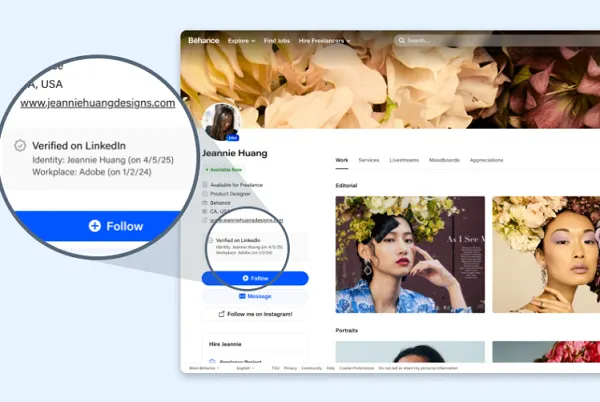


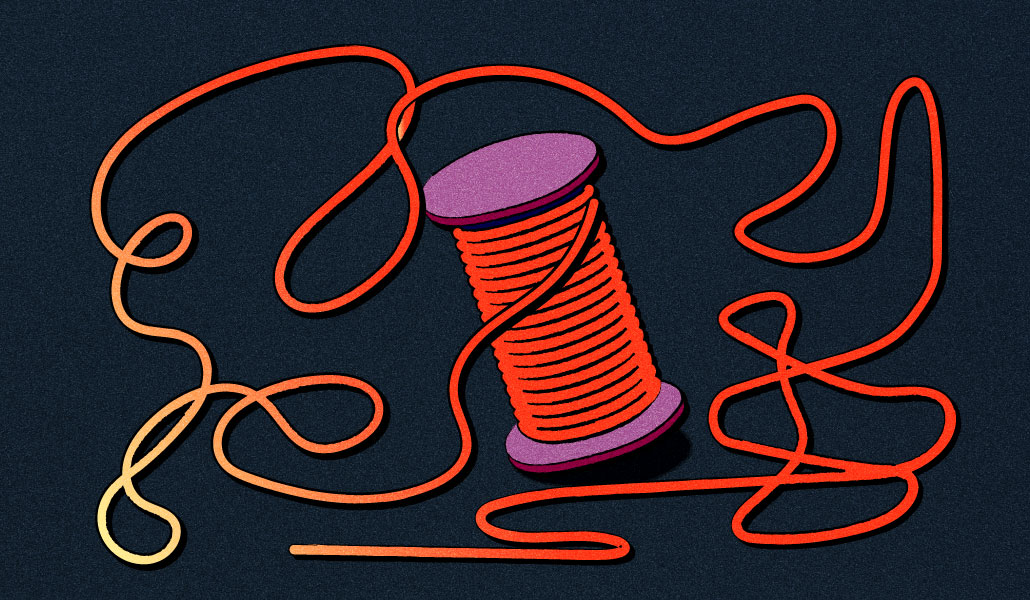












































![[Weekly funding roundup April 19-25] VC inflow continues to remain subdued](https://images.yourstory.com/cs/2/220356402d6d11e9aa979329348d4c3e/Weekly-funding-1741961216560.jpg)






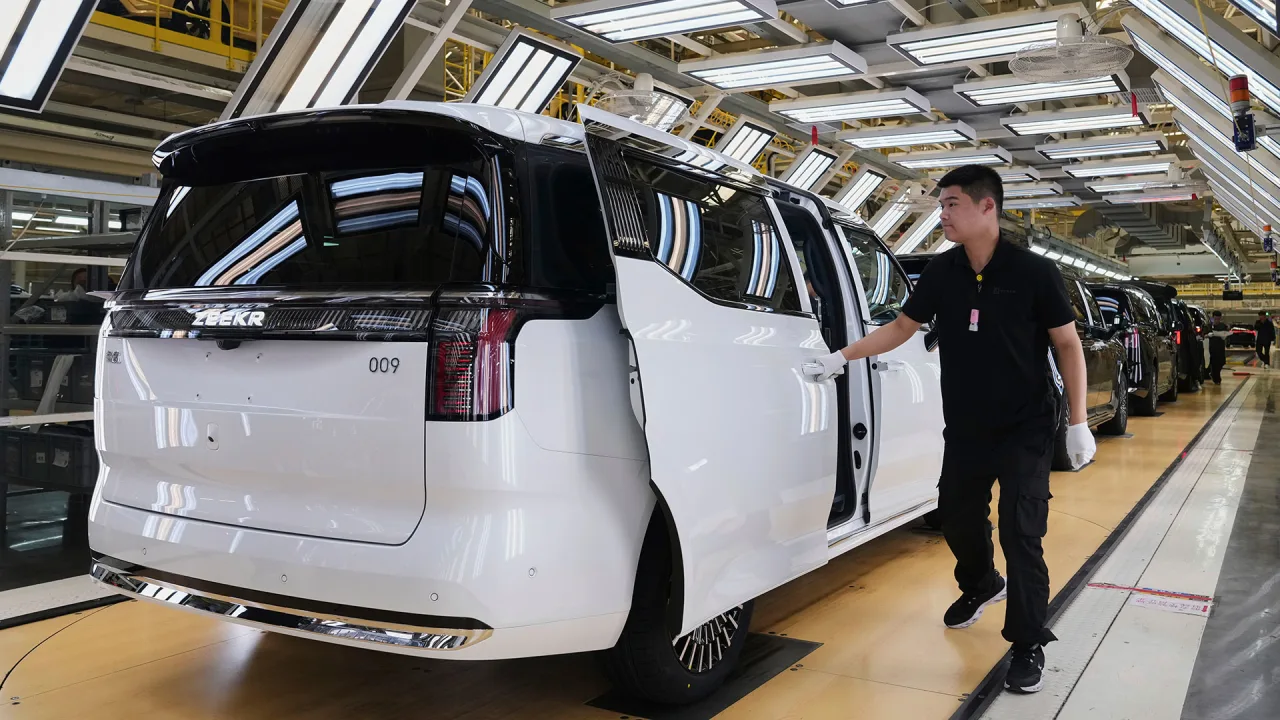
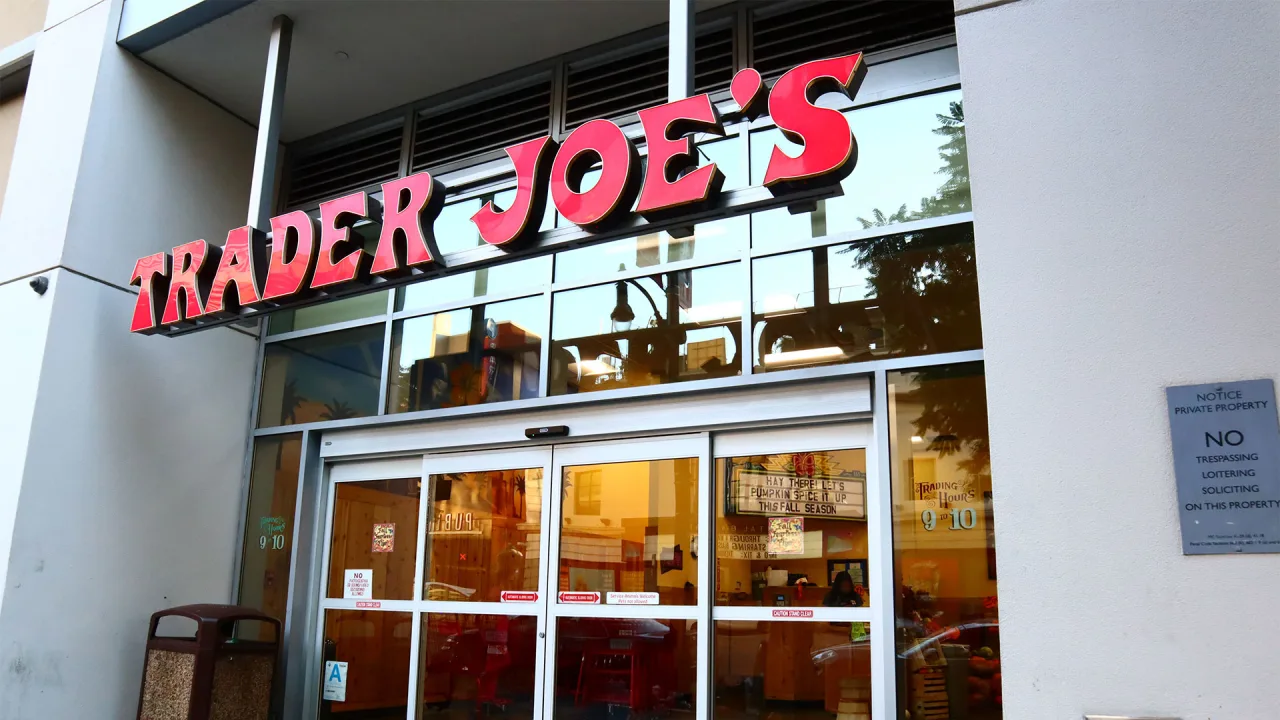














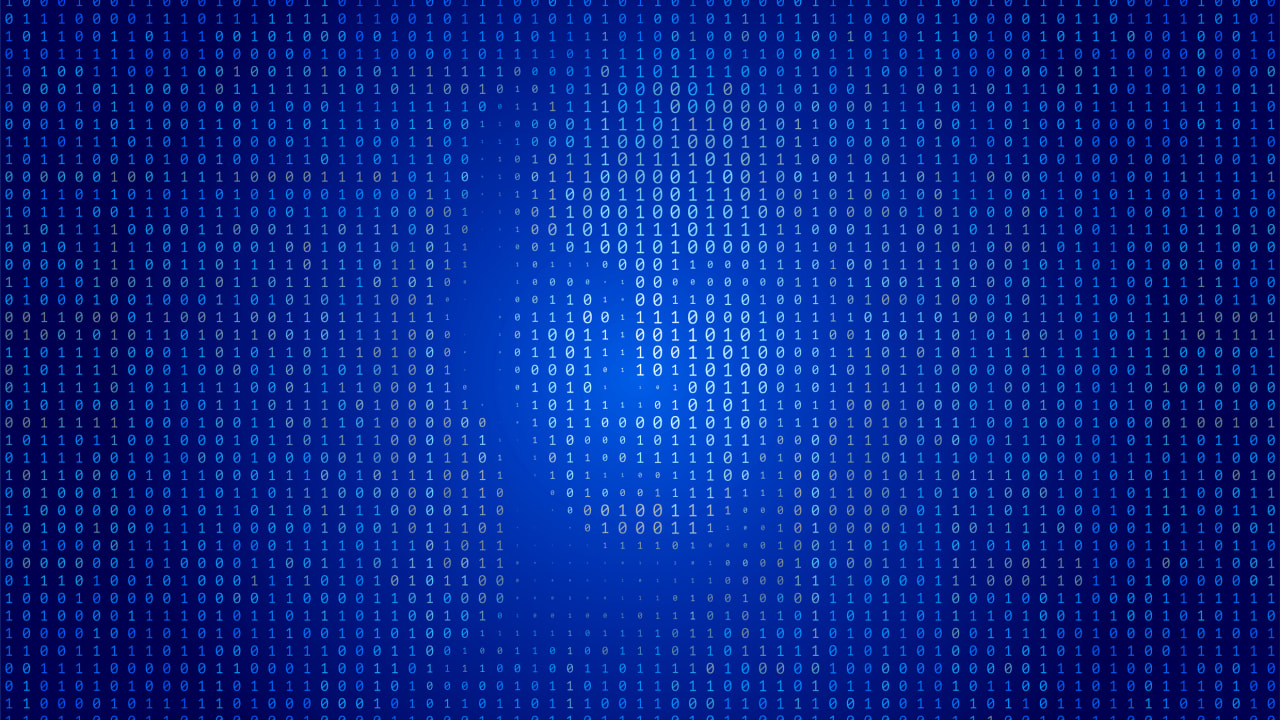








































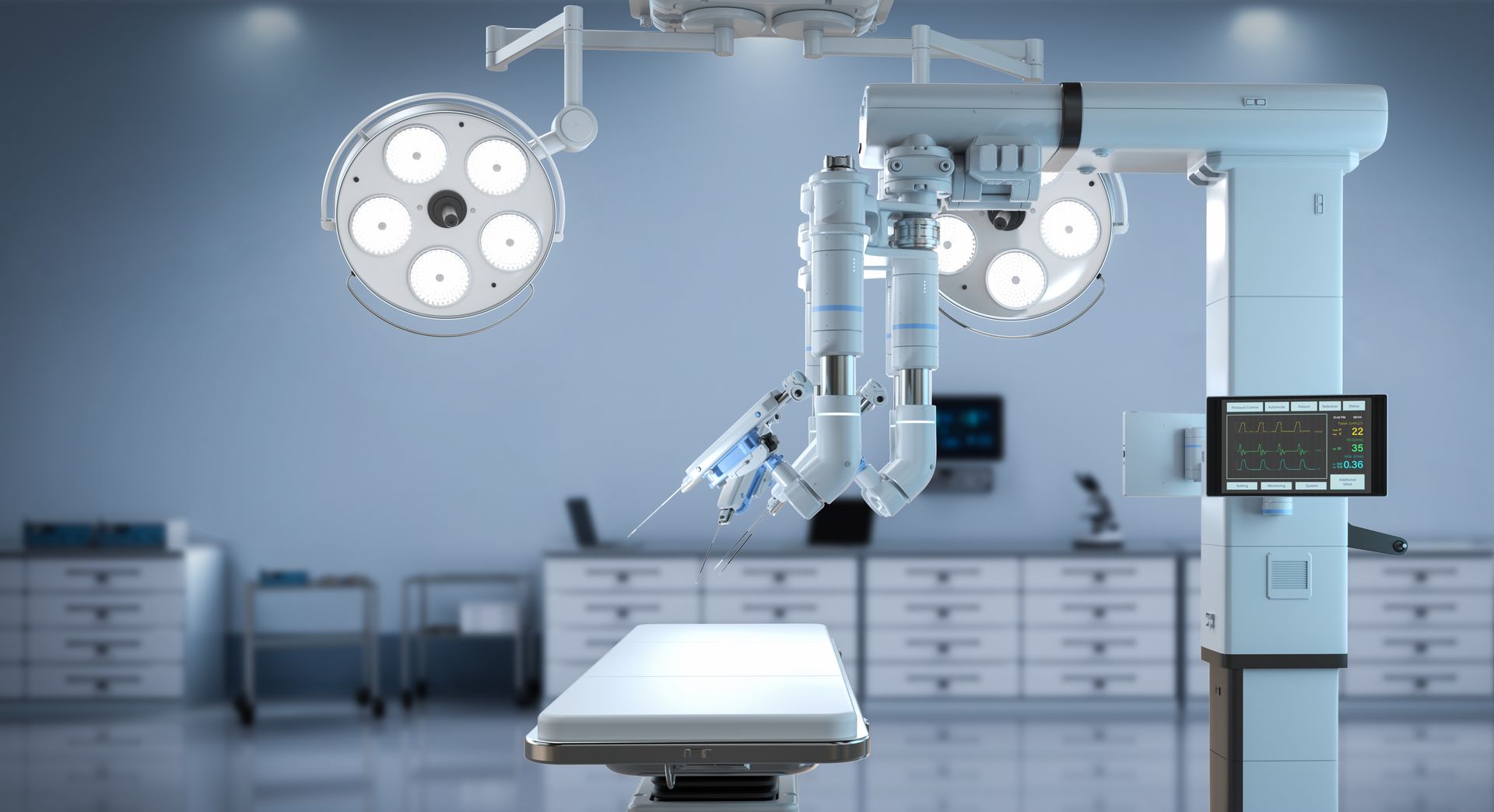















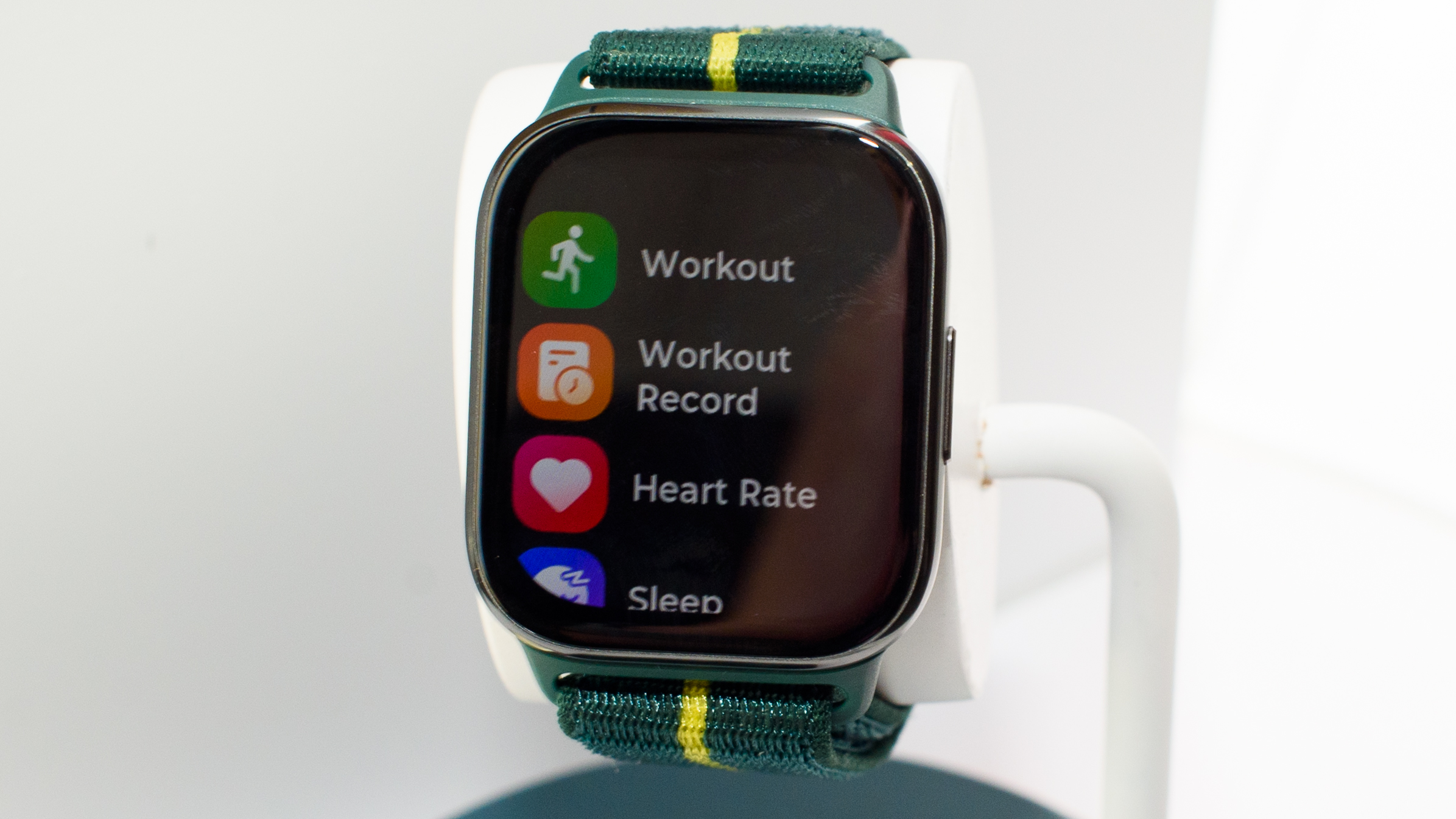
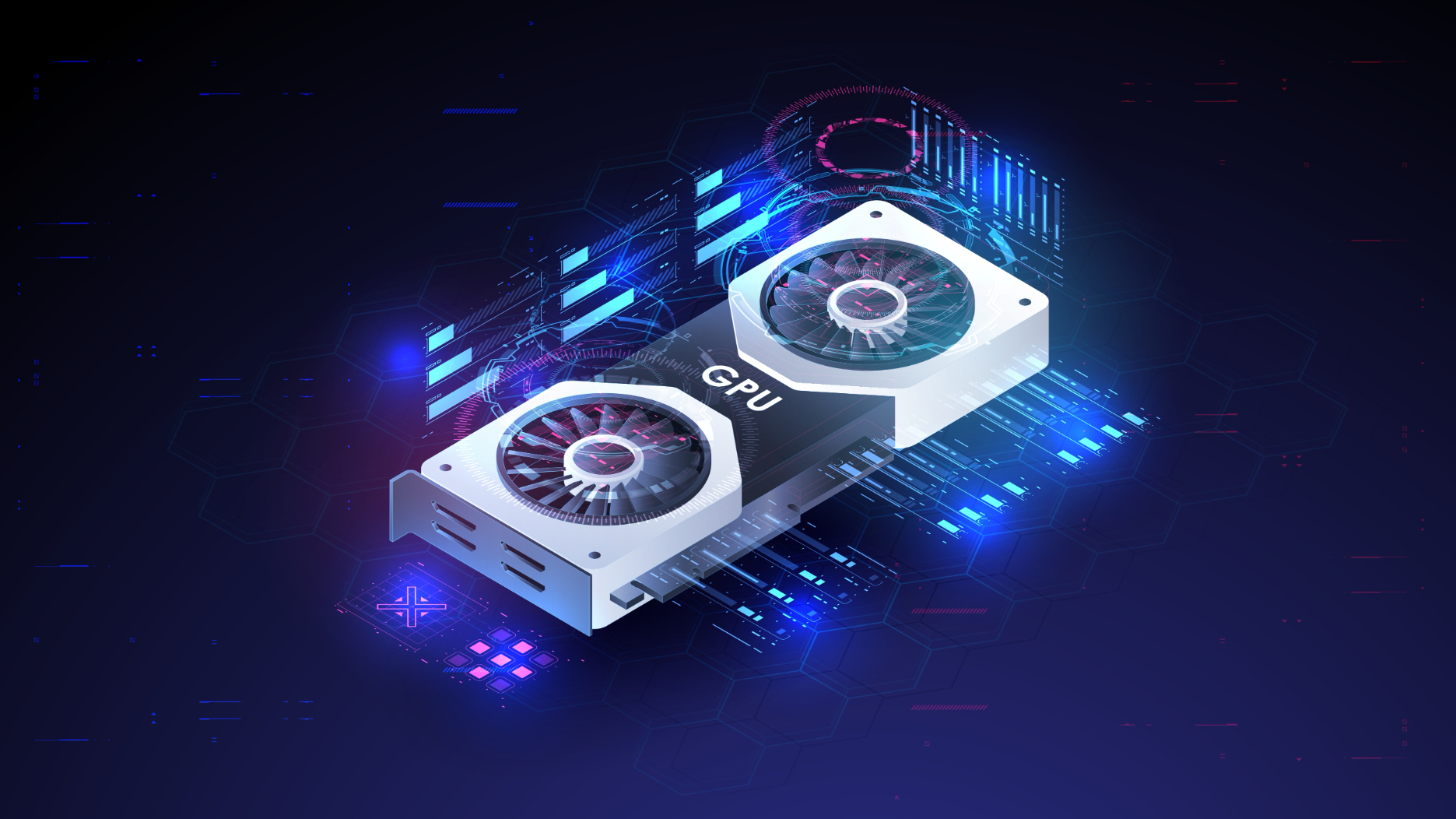
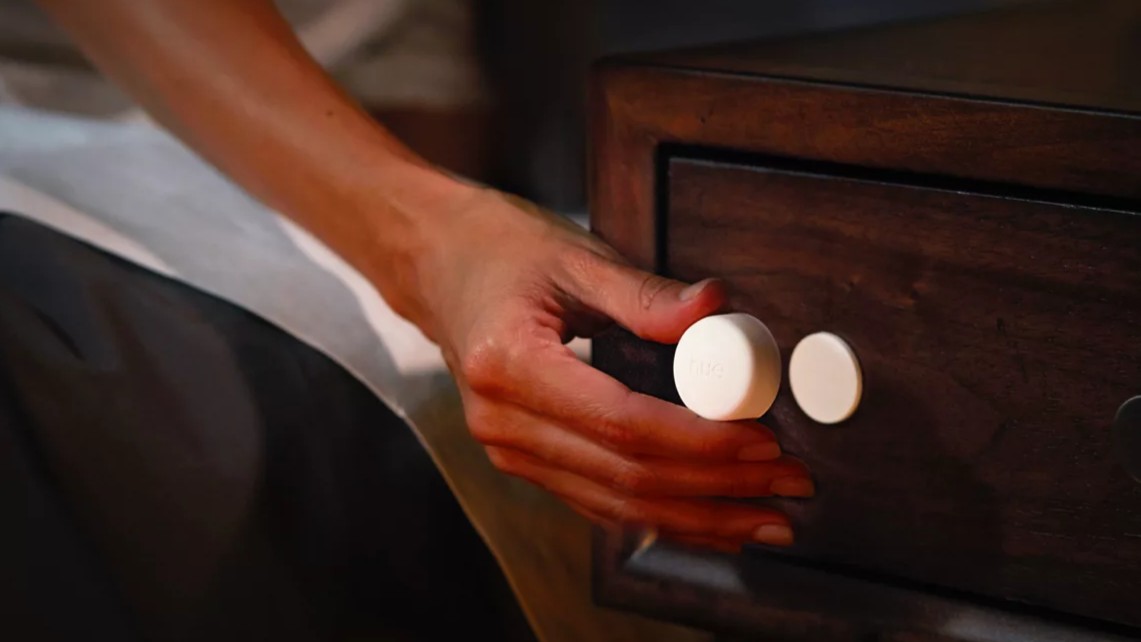









































































![How to Find Low-Competition Keywords with Semrush [Super Easy]](https://static.semrush.com/blog/uploads/media/73/62/7362f16fb9e460b6d58ccc09b4a048b6/how-to-find-low-competition-keywords-sm.png)
